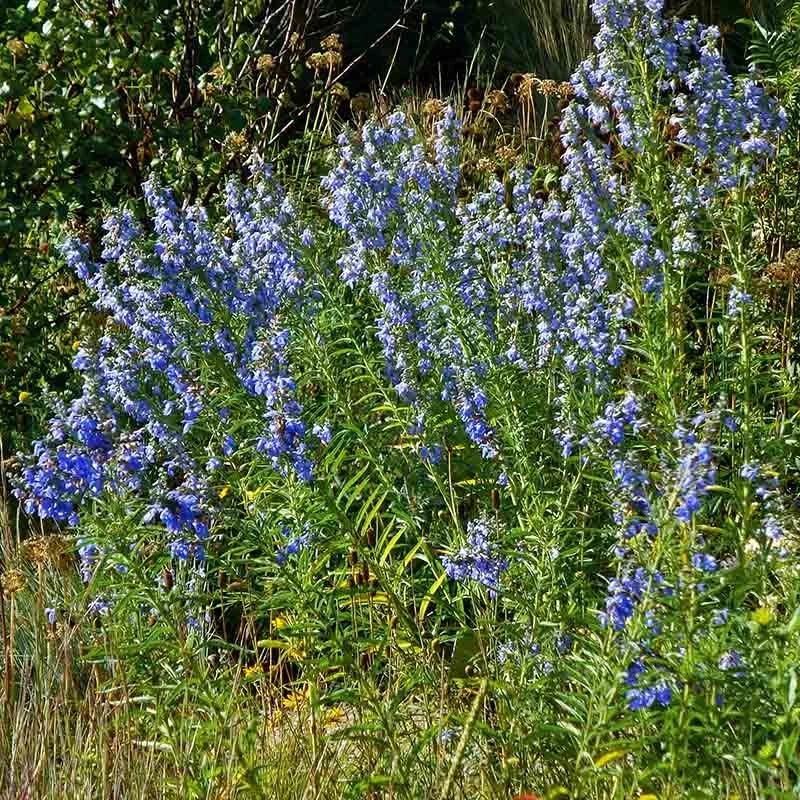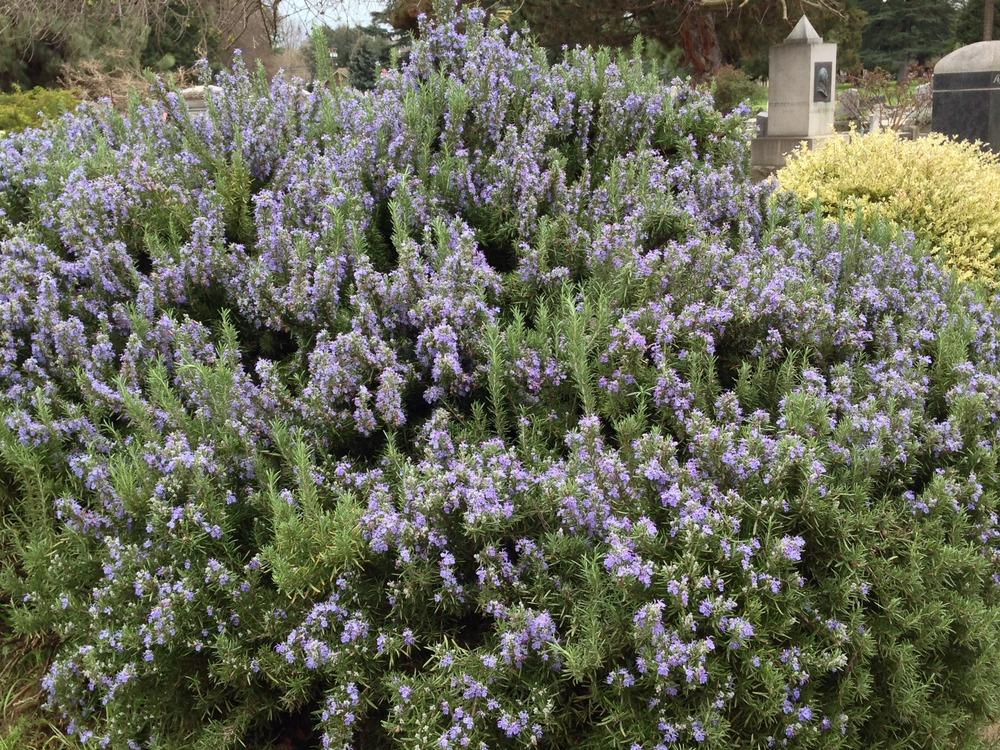
What is Smudging?
Smudging is a traditional practice used by various Indigenous cultures in North America. It involves the burning of sacred herbs or plants, such as sage, cedar, sweetgrass, or palo santo, to produce smoke, which is then used for purification, healing, and spiritual purposes. Here are some reasons why smudging is popular:
1. Cleansing and Purification: Many people believe that smudging helps to cleanse negative energies from a person, place, or object. The smoke is thought to attach itself to negative energy and remove it from the space.
2. Spiritual Connection: Smudging is often used in spiritual or religious ceremonies to create a sacred space and invite positive energies. It is believed to facilitate a stronger connection to the spiritual realm.
3. Mental Clarity and Focus: Some people use smudging as a way to clear their minds and enhance their focus. The ritualistic aspect of smudging can help calm the mind and prepare it for meditation or other mindfulness practices.
4. Aromatherapy Benefits: The scent of burning herbs can have a calming and uplifting effect, similar to aromatherapy. Different herbs are believed to have specific properties that can influence mood and well-being.
5. Cultural and Ancestral Significance: For many Indigenous peoples, smudging is a deeply rooted cultural practice passed down through generations. It holds significant meaning and is an important aspect of their spiritual and cultural identity.
6. Modern Popularity: In recent years, smudging has gained popularity beyond Indigenous communities as part of the broader interest in holistic health, wellness, and alternative spiritual practices. Many people incorporate smudging into their personal routines for its perceived benefits.
Despite its popularity, it’s important to approach smudging with respect and awareness of its cultural origins. Appropriation of Indigenous practices without understanding and honoring their significance can be seen as disrespectful.










